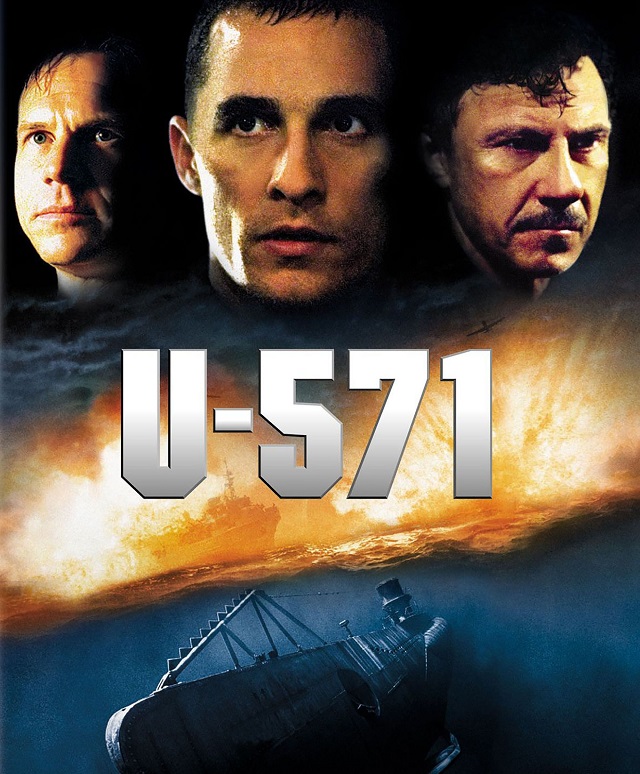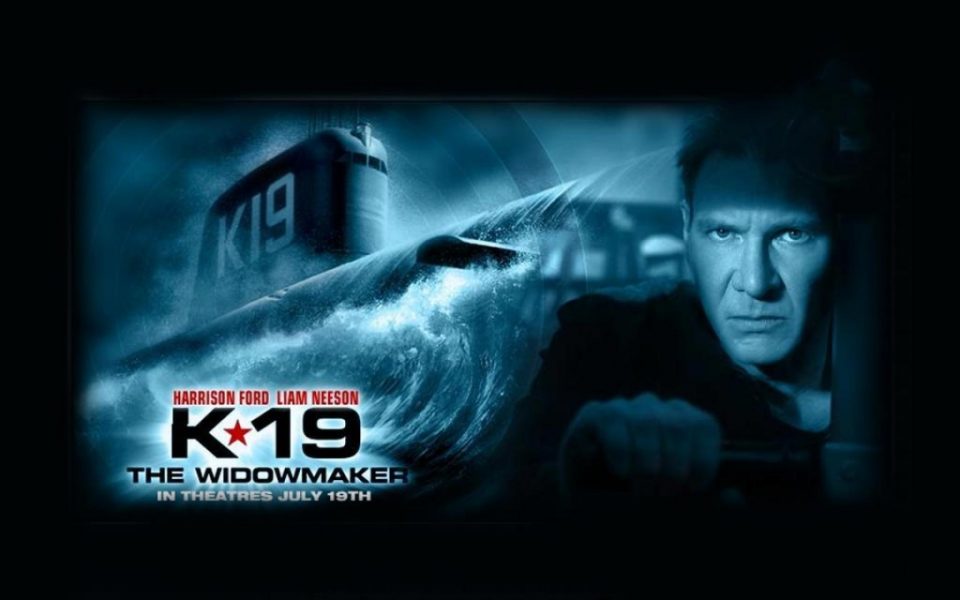Exploring The Depths: The Fascinating World Of WW2 Submarine Films
World War II submarine films have captured the imagination of audiences for decades, presenting gripping stories of bravery, strategy, and the harsh realities of warfare beneath the ocean's surface. These cinematic masterpieces transport viewers into the claustrophobic world of submariners, showcasing the tension, camaraderie, and the constant threat of enemy detection. The genre not only highlights the technical aspects of submarine warfare but also delves into the psychological struggles faced by those who served in these iron beasts.
As we navigate through history, these films serve as a poignant reminder of the sacrifices made during one of the most tumultuous periods in human history. Whether through intense battle sequences or personal narratives, they offer insights into the lives of those who lived and fought under the sea. From the strategic importance of submarines in naval warfare to the chilling atmosphere of depth charges and sonar pings, the portrayal of these elements in film has resonated with audiences globally.
In this article, we will explore various facets of WW2 submarine films, answering questions about their historical significance, the evolution of the genre, and the impact they have had on popular culture. Join us as we dive deep into the ocean of cinema and uncover the stories that have made WW2 submarine films a captivating subject for filmmakers and audiences alike.
Read also:Huntington Auto Loan Customer Service Comprehensive Guide To Expert Assistance
What Makes WW2 Submarine Films Unique?
The uniqueness of WW2 submarine films lies in their ability to blend historical events with intense human drama. Unlike traditional war films that often focus on large-scale battles, submarine films emphasize claustrophobia, tension, and the psychological strain of being confined under the sea.
How Did Submarine Warfare Change During WW2?
Submarine warfare evolved significantly during World War II, shifting the balance of power in naval engagements. The introduction of advanced technologies, such as sonar and torpedoes, transformed how submarines operated. They became essential tools for reconnaissance and disruption of enemy supply lines, leading to notable victories and tragic losses.
Why Are Personal Stories Important in WW2 Submarine Films?
Personal stories in WW2 submarine films humanize the experience of war. They allow viewers to connect emotionally with the characters, understanding their fears, hopes, and sacrifices. This focus on individual narratives adds depth to the overarching themes of bravery and survival.
What Are Some Iconic WW2 Submarine Films?
- Das Boot (1981) - A gripping German film that depicts life aboard a U-Boat, showcasing the crew’s struggles and the horrors of war.
- The Hunt for Red October (1990) - A thrilling American adaptation of Tom Clancy's novel, featuring a Soviet submarine captain defecting to the U.S.
- Crimson Tide (1995) - A modern classic that explores the moral dilemmas faced by a submarine crew during a potential nuclear crisis.
- U-571 (2000) - A fictional account based on real events, where American forces attempt to capture a German U-Boat.
How Have WW2 Submarine Films Influenced Pop Culture?
WW2 submarine films have had a lasting impact on pop culture, influencing various forms of media, including video games, literature, and television series. The portrayal of submarine life has inspired countless adaptations and has become a staple in the war genre.
What Are the Common Themes in WW2 Submarine Films?
Common themes found in WW2 submarine films include:
- Camaraderie: The bond formed among crew members as they face adversities together.
- Isolation: The psychological effects of being confined in a submarine for extended periods.
- Bravery: The courage required to navigate treacherous waters and engage in combat.
- Morality: Ethical dilemmas faced during warfare, often reflected in character decisions.
What Are the Technical Aspects of Filming WW2 Submarine Movies?
Filming WW2 submarine movies presents unique challenges, requiring innovative techniques to recreate the underwater environment realistically. Directors often use a combination of practical effects, miniature models, and CGI to depict submarine operations. Sound design also plays a crucial role, immersing viewers in the tense atmosphere of sonar pings and depth charges.
Read also:Ferruccio Lamborghini And Patrizia Lamborghini A Legacy Of Innovation And Elegance
Are There Any Notable Directors Specializing in WW2 Submarine Films?
Several directors have made significant contributions to the genre of WW2 submarine films, including:
- Wolfgang Petersen: Known for his work on "Das Boot," which is regarded as one of the best submarine films of all time.
- Tony Scott: Director of "Crimson Tide," who brought a modern perspective to submarine warfare.
- Jonathan Mostow: Directed "U-571," which, despite historical inaccuracies, offered thrilling action sequences.
What Legacy Do WW2 Submarine Films Leave Behind?
The legacy of WW2 submarine films endures, as they continue to educate audiences about the complexities of naval warfare while providing thrilling entertainment. These films serve as a reminder of the sacrifices made by countless individuals during the war, ensuring that their stories are not forgotten.
Article Recommendations


